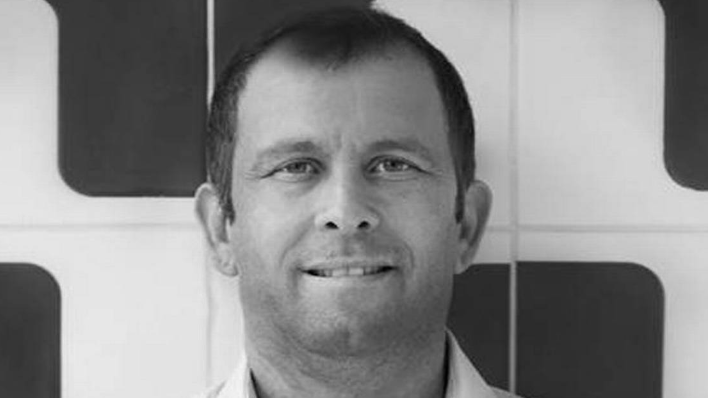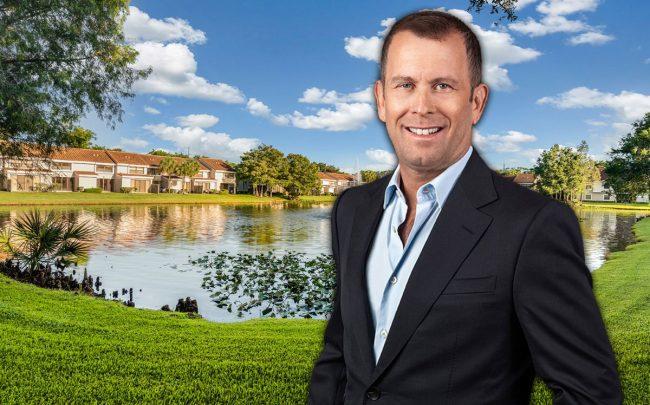BY GEORGE LINDEMANN, Special to the Miami Herald
This past year, the Seine River in Paris nearly flooded its banks, forcing the Louvre to evacuate artwork from its first floor. But moving priceless works is costly and comes with the risk of damage. In New York, the Whitney Museum moved from its Madison Avenue location to a beautiful Hudson River venue. The architects were reported to have used a submarine-like waterproofing system. But those of us who live in Florida can absolutely testify to the fact that water has a mind of its own and manages to get through the most airtight buildings. Storms are getting longer and stronger, sea levels are rising, and widespread flooding of low-lying areas is becoming more frequent. Museums are stewards of our shared cultural heritage. They must take a hard look at climate change and how to react to our changing environment.
As Miami Beach prepares for Art Basel in December, it’s time to ask what the art community is doing business-wise and ethically to manage the consequences of changing climate patterns. We have some hard choices to make in terms of facilities management, asset protection, exhibition choices, collections stewardship, endowment investments, sponsorships and even the constitution of our boards.
As president of The Bass in Miami Beach, I can tell you we are already confronting these issues. If we were building a museum from scratch, we would certainly look for the highest point possible on our barrier island. Our museum has been in its current location for 50 years, so we are staying put and trying to mitigate the problems caused by rising water while doing the right thing for all of our stakeholders.
The arts community and especially the institutions entrusted with our cultural treasures have to consider a wide range of responsibilities in this new world. For example, to what extent are our business activities contributing to environmental issues? Like every other business, we MUST manage grounds and buildings in ways that reduce waste of water and energy. These have the added benefit of reducing operational costs, as well. There are multiple free online resources to help institutions be more environmentally sensitive. Local energy and water utilities and service providers such as HVAC maintenance companies are great places to start for institutions that want to operate more responsibly.
What about our traveling exhibitions? There is an environmental cost to producing an exhibition. The packaging and the transportation alone can create a significant carbon footprint. According to press reports, Burning Man generates an estimated 27,000 tons of greenhouse gas. What about Art Basel Miami Beach? What is the carbon impact of this art world mega event? The same questions art institutions are asking must be asked by the producers of these large-scale events.
At The Bass Museum, we have started a conversation about the potential environmental impacts of our mission. For example, the museum recently considered a water sculpture by acclaimed artist Jeppe Hein. Unfortunately, the sculpture under consideration could not efficiently recycle water given Miami Beach’s safety codes. Given the water resource issues of South Florida, we decided the piece was not right as a permanent exhibit. Instead, we displayed the piece for a limited period, attempting to strike a balance between our mission and our ethical imperative. This year, Kara Walker exhibited her monumental “Sugar Baby” in New York. This massive sculpture is made of sugar and reminds us of the slaves who labored in the fields and in the processing of sugar. While critically acclaimed and very successful in New York, should a South Florida museum ever exhibit such a project? Given Florida’s mixed relationship with sugar farming and the impact of its production on the Everglades and its long-term contribution to climate change, would such a sculpture be environmentally and politically appropriate for a South Florida museum? Would the educational benefits outweigh the purchasing of so much sugar given its threat to South Florida’s water supply? Probably not.
The Bass recently bought and installed Ugo Rondinone’s “Miami Mountain.” This piece is made of large boulders. The work is excellent art and can handle environmental changes. Museums can present excellent work while ethically doing the right thing for the environment.
Museum environmental ethics go beyond carbon footprints and materials. This year, energy investor David Koch stepped down from the board of the American Museum of Natural History. Pressure had been building for the museum to divest itself of fossil fuel investments and sponsors. Since then a number of top science and natural history museums have adopted similar policies. Art museums must also ask questions about our endowment investments, our sponsors, and even our board members!
The American Alliance of Museum guidelines states, “museums must act not only legally but also ethically.” Should coastal museums avoid collecting certain types of works? Will insurance companies insure these works? Should these museums even be collecting art in the face of cataclysmic events such as superstorm Sandy? Artists and museums have been at the forefront of so many social movements. We must all ask ourselves hard questions, hold ourselves to a higher standard and be ahead of the curve on climate change as well. Put climate change on your institution’s next board/staff meeting agenda and begin the conversation now!
George Lindemann, a real estate investor and environmentalist, is chairman of The Bass Museum on Miami Beach.
This is a ‘My View’ piece written for Business Monday in the Miami Herald. If you have a point of view on a business topic you would like to share, consider writing about it for Business Monday. Pitch your idea to rclarke@MiamiHerald.com. Guidelines: Submissions should be around 600 words; should state a topic clearly, with supporting examples; and use examples drawn from South Florida. They should also be accompanied by a photo of the writer, emailed as a jpeg. ‘My View’ submissions that are accepted are published as space allows.
Read more here: http://www.miamiherald.com/news/business/biz-monday/article117335183.html#storylink=cpy








